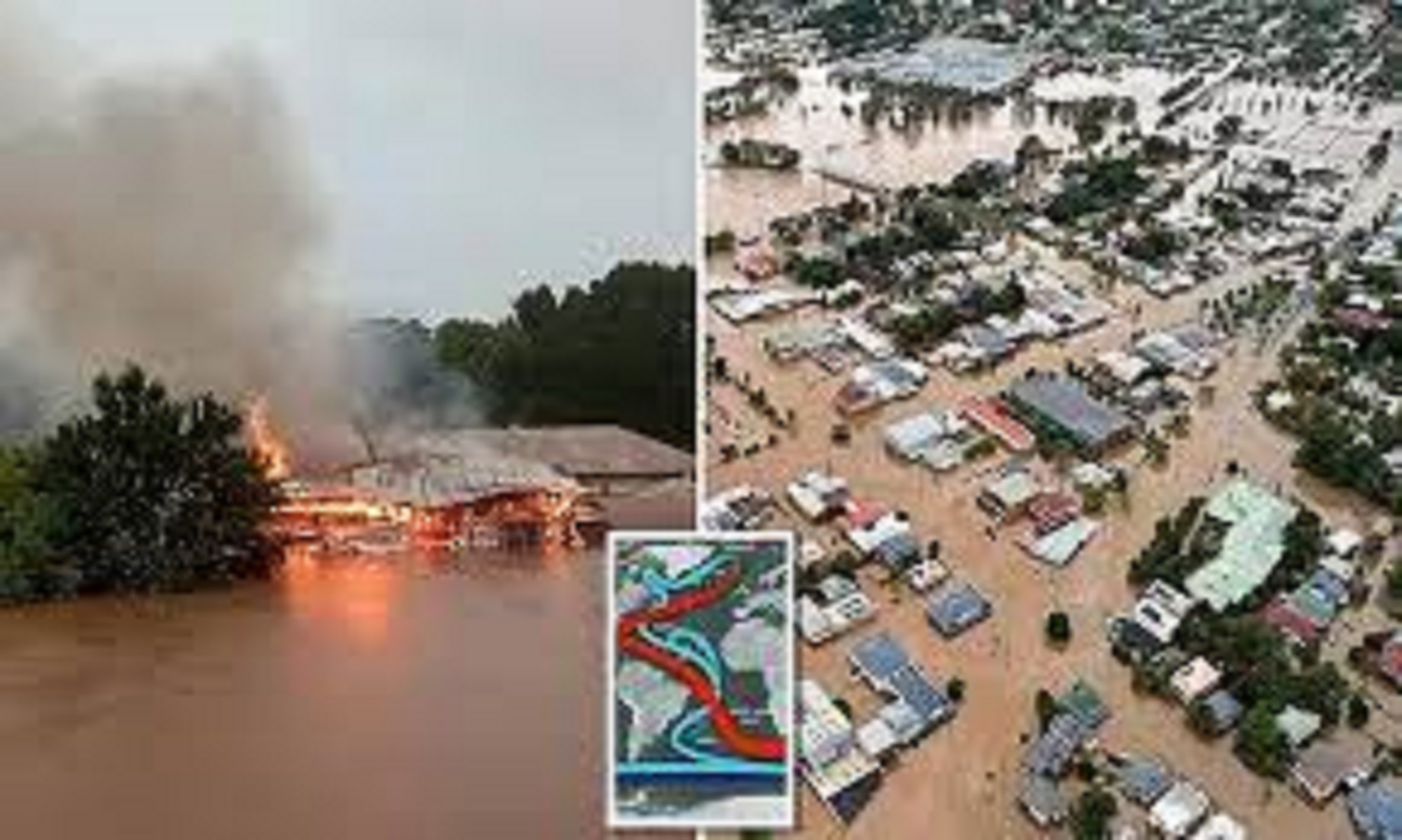SYDNEY, Jun 28 (NNN-AGENCIES) – A report from researchers at a number of top Australian universities, warned of a return of La Nina for the third consecutive year, this spring, and has asked governments to prepare for further intense wet weather.
The report from the Australian Research Council (ARC), published today, showed that, while “double-dip” La Nina seasons, meaning two consecutive summers of La Nina, are not uncommon, the much rarer “triple dip” was becoming likely in modelling.
“Triple-dip La Nina events are rare and have only happened twice since 1950,” said ARC research fellow, Dr. Zoe Gillett.
She added that, while it is too early to tell if a La Nina will eventuate, it remains a possibility, with four out of seven models predicting La Nina would return in late spring.
Authorities should begin to prepare to protect communities that are still recovering from severe flooding and storms, she said.
A La Nina system is the result of warmer-than-average water temperatures in the Pacific Ocean, which intensifies trade winds and increases cloud development and rainfall over much of Australia, but especially in the east and north.
Gillett said, the current situation was doubly puzzling, as strong La Nina seasons have historically been preceded by strong El Nino events, the opposite ocean pattern. “Scientists will be working to understand its causes over the coming years,” said Gillett.
In the meantime, in a report directed at decision makers, the consortium of climate experts warned of more La Nina and El Nino events, and higher frequency and severity of the flooding and droughts that they bring.
“Most climate models show that in an increased greenhouse warming world, we should expect almost double the number of extreme La Nina events, compared to last century. We’re likely to swing more from the extremes of El Nino to the extremes of La Nina,” the researchers said.
“The models are getting better, but to help governments, industries and communities prepare for a future with more extremes, we need to keep developing the modelling and the science.”
The Australian states of New South Wales (NSW) and Queensland were inundated with historic floods during the 2020-21 summer. The floods caused billions of dollars in property damage, displaced thousands and killed 22 people.– NNN-AGENCIES






